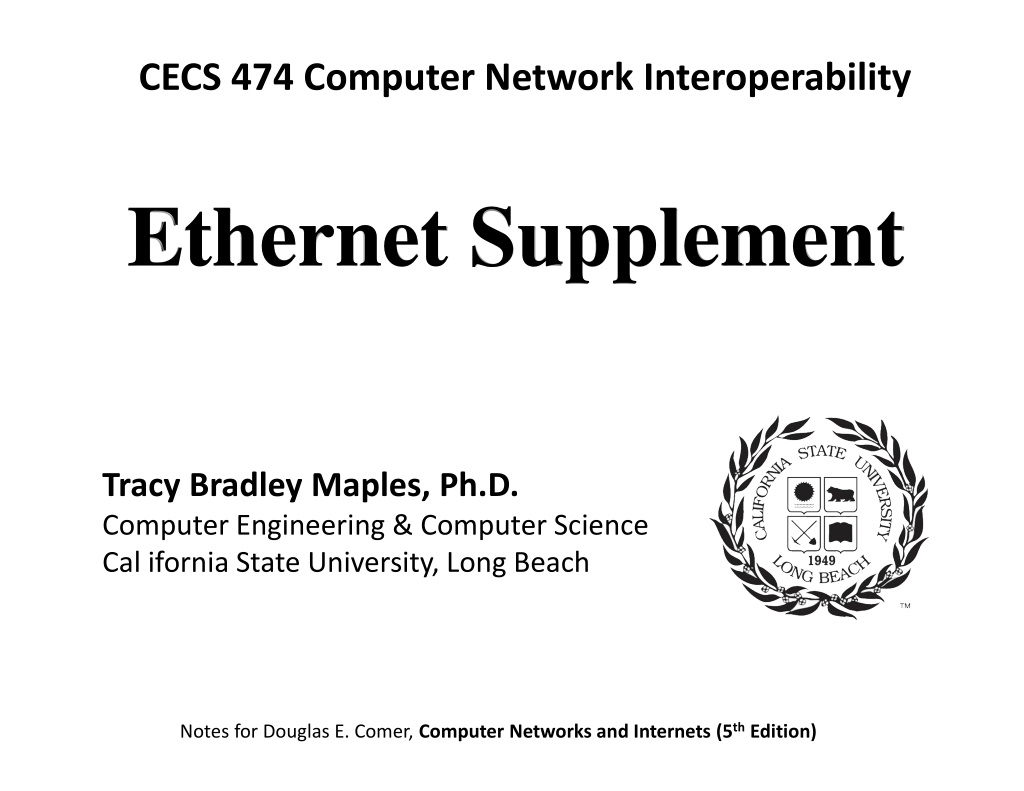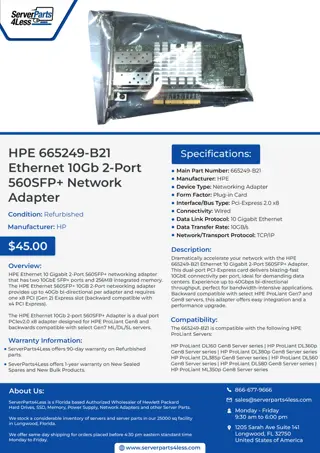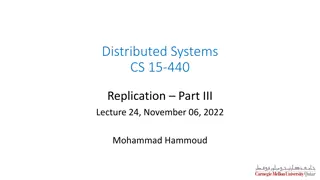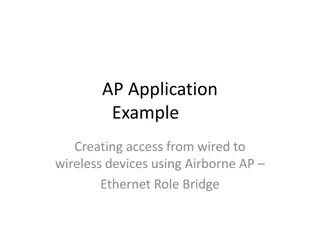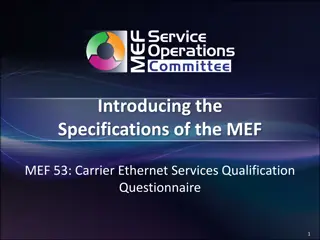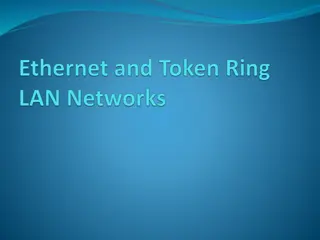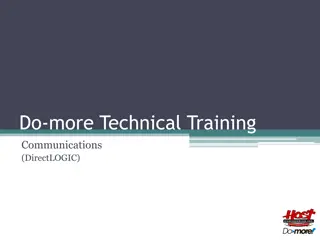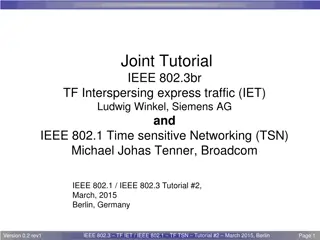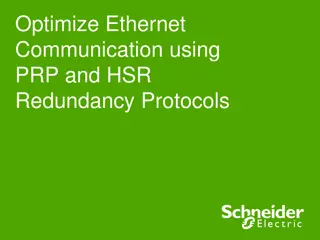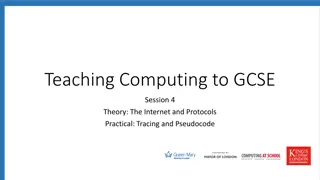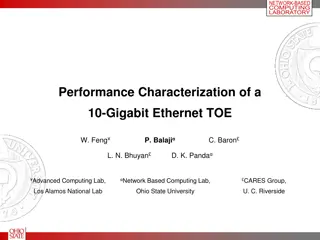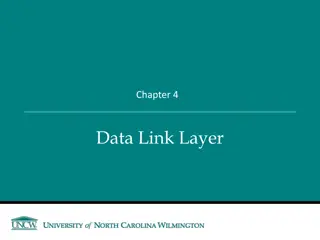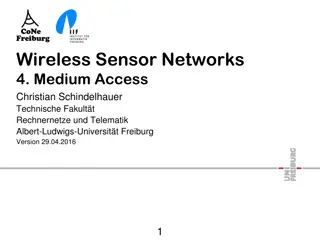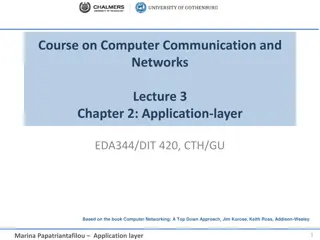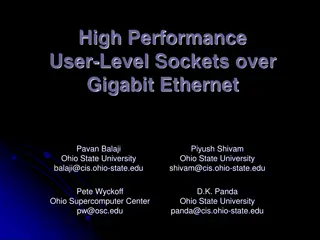Understanding Ethernet and Multiple Access Protocols in Computer Networks
Exploring the fundamentals of Ethernet and multiple access protocols in computer networks, this content discusses the two primary categories of multiple access protocols - contention access and controlled access. It delves into topics such as CSMA/CD, LANs, performance of multiple access schemes, advantages and disadvantages of contention access, and the CSMA/CD transmission algorithm. Through detailed explanations and images, readers gain insights into the working principles and characteristics of these essential network protocols.
Download Presentation

Please find below an Image/Link to download the presentation.
The content on the website is provided AS IS for your information and personal use only. It may not be sold, licensed, or shared on other websites without obtaining consent from the author. Download presentation by click this link. If you encounter any issues during the download, it is possible that the publisher has removed the file from their server.
E N D
Presentation Transcript
CECS 474 Computer Network Interoperability Ethernet Supplement Tracy Bradley Maples, Ph.D. Computer Engineering & Computer Science Cal ifornia State University, Long Beach Notes for Douglas E. Comer, Computer Networks and Internets (5th Edition)
LANs Local area networks (LANs) depend on multiple access protocols to regulate the sharing of the transmission medium. There are two primary categories of multiple access protocols: 1. Contention Access --> MANAGE COLLISIONS Examples: ALOHA, CSMA, CSMA/CD 1. Controlled Access --> COLLISION FREE A. Predetermined Assignment: Static Examples: FDMA (Frequency Division Multiple Access), TDMA (Time Division Multiple Access) B. Demand Assignment: Based on Demand Examples: Circuit-oriented assignment, Packet-oriented assignment
Performance of Multiple Access Schemes 10 9 8 7 Contention Access 6 Delay Demand Assignment 5 4 Predetermined Assignment 3 2 1 0 1 2 3 4 5 6 7 8 9 10 Traffic Intensity
Contention Access Advantages: short delay for bursty traffic simple (do to distributed control) flexibility in number of users fairness Disadvantages: low channel efficiency not good for stream traffic (e.g., voice) cannot support priority function high variance in transmission delays
CSMA/CD Most popular contention access scheme is CSMA/CD stands for Carrier Sense Multiple Access with Collision Detection CSMA/CD Transmission In its most basic form, as in First and Second Generation Ethernet: B C A Stations are attached to a bi-directional bus
CSMA/CD Transmission Algorithm The logic inside a network interface (NIC) using CSMA/CD:
CSMA/CD Transmission A begins transmission to B. Just before A s frame arrives, B begins transmission. JAM COLLISION! B detects the collision and sends a JAM signal. JAM A detects the collision and receives the JAM signal. Conclusion: The amount of time it takes to detect a collision is twice the propagation delay.
